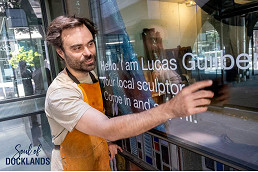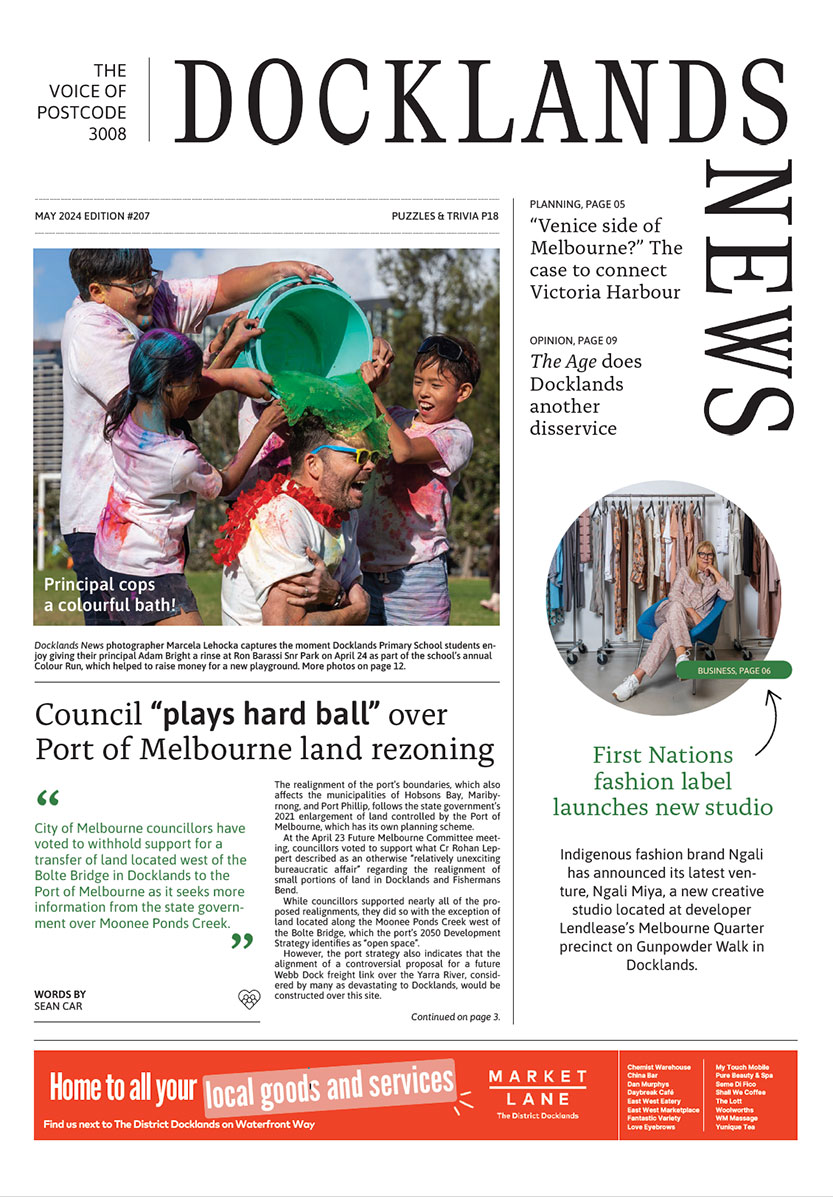Sydney’s Mascot Tower and Opal Towers should serve as a warning to Melbourne’s building industry
A downturn in consumer confidence about building standards is the last thing that developers and builders of residential apartment buildings need right now.
However, the saga that is playing out in Sydney’s Opal Tower and Mascot Towers is serving as a warning shot to all owners and prospective buyers of apartments about the perfect storm that has been brewing in the construction industry for some time.
The bad news is that the deregulated building compliance laws and standards that led to these issues in NSW’s Opal Tower are almost identical to Victoria’s laws and standards in much the same respect, meaning that Melbourne may have an Opal Tower somewhere among it soon enough.
Structural cracks opened up on level 10 of the 392-unit tower in the Sydney suburb of Homebush on Christmas Eve 2019, leading to the enforced evacuation which left residents without a home during the holiday period, and is causing more frustrations as some owners endured months of living in alternative accommodation before they found out if the tower was safe to return to.
An interim engineering assessment report highlighted that the some of the cracks in the pre-cast concrete panels may have deviated from the original design.
While Opal Tower has garnered significant media attention because of the extensive damage that has occurred in an almost brand-new building, the sad reality is that this is just the tip of the iceberg of a much larger issue brought about by the continued deregulation of the construction industry in both NSW and Victoria.
The current fashion of the construction industry is for developers to enter into contracts with builders known as “design and construct” contracts (or “D&Cs”) for all or part of a building to be designed and built by the builder.
These contracts provide builders with free rein over both the design of the building and the types of materials used. The contracts usually also impose financial penalties on the builders if the project is delayed.
In addition, the introduction of private building certifiers and the removal of independent council inspections of buildings has meant that builders no longer have to answer to a strong independent inspector to enforce building standards and compliance. Some private certifiers will have a conflict of interest as they rely on being paid and selected by the developers and builders to certify their buildings.
On top of this a similar model of contractual relations between builders and sub-contractors (where contractors are given a limited amount of time to complete large scale works) has created an environment where precision and safety have been replaced by cutting costs and lowering standards in order to meet deadlines and budgets. Thus, the perfect storm has arrived.
It remains to be seen what overhaul of policy and regulation emerges out of the Opal Tower issue, but without a commitment from government to remove the conflicts of interests between private certifiers and builders, the quality of buildings may continue to plumb new depths.
The Victorian Government ought to take strong and decisive action here, as it has a big financial stake in keeping economic conditions ripe for both developers to continue building apartment buildings, and for citizens to continue to purchase apartments in those buildings. Needless to say, a strong construction industry creates jobs, keeps the unions happy, increases consumption of steel and building materials, and swells the public coffers with stamp duty payments. Therefore, Premier Daniel Andrews needs to jump on the front foot.
Current owners of high-rise apartments should seek guidance from their owners’ corporation committees to commission reports detailing whether there are building defects, and whether there is still time to bring a claim against the builder and developer.
Alternatively, if you’re considering buying an apartment, then be sure that you have conducted your due diligence on the records of the owners’ corporation prior to making an unconditional offer.
Better to be safe than sorry. •

Council “plays hard ball” over Port of Melbourne land rezoning








 Download the Latest Edition
Download the Latest Edition
